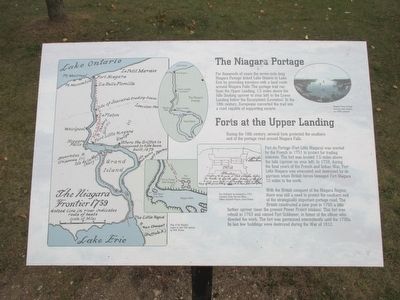Welcome to Snake Alley, a historic and uniquely crooked street in Burlington, Iowa, that has intrigued visitors from around the world. Established in 1894, Snake Alley was conceived by three German immigrants: Charles Starker, an architect and landscape engineer, William Steyh, the city engineer, and George Kriechbaum, a paving contractor. They were inspired by the vineyard paths of France and Germany, creating a winding street that would connect Burlington’s downtown business district with the residential area on North Sixth Street.
Originally part of North Sixth Street, Snake Alley earned its serpentine name when a resident likened its twists and turns to a snake slithering down the hillside. The street stretches over 275 feet with a 21% grade, consisting of five half-curves and two quarter-curves. This unique design was not just for aesthetic appeal; it served practical purposes too. The bricks were laid at an angle to allow horses better footing as they descended, although riding back up often resulted in a loss of control, which is why Snake Alley remains a one-way street to this day.
In the 1940s, Robert L. Ripley of Ripley’s Believe It or Not! visited Snake Alley and declared it the “Crookedest Street in the World,” even more winding than San Francisco’s famous Lombard Street. This recognition was further solidified in 2017 when Ripley’s named it the #1 Odd Spot in their Odd Spots Across America Campaign.
Over the years, Snake Alley has become a cultural hub, hosting events such as the annual Snake Alley Criterium, an uphill bike race that challenges even the most skilled cyclists. The Snake Alley Art Fair, held every Father’s Day, showcases the creativity of local artists and artisans. Additionally, the Snake Alley Festival of Film draws filmmakers from around the globe, making this historic street a center of creative expression.
Snake Alley is more than just a street; it is a testament to the innovative spirit of Burlington’s early residents and a cherished part of the city’s history. Whether you walk, drive, or cycle down its curves, you’re not just traversing a street—you’re traveling through a living piece of history.



